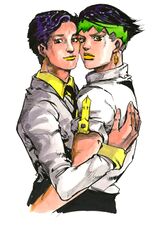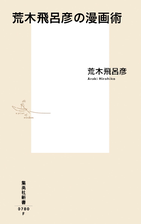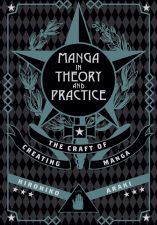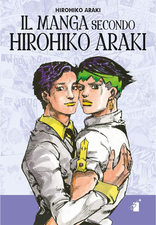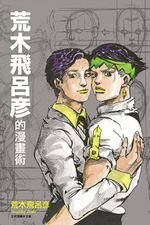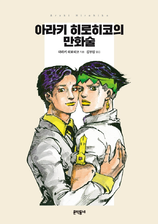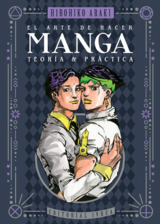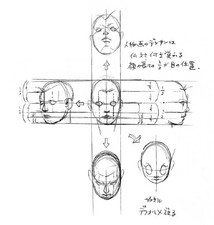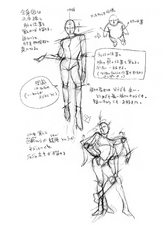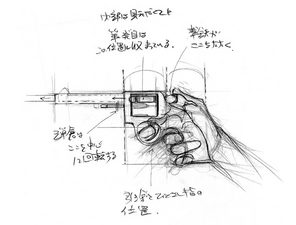Hirohiko Araki's Manga Techniques
Hirohiko Araki's Manga Techniques (荒木飛呂彦の漫画術, Araki Hirohiko no Manga-jutsu) is a book written by Hirohiko Araki. In the book, Araki discusses the techniques used for creating manga, along with developing stories and world-building. The book was released on April 17, 2015 in Japan.
An English release for the book, titled Manga in Theory and Practice: The Craft of Creating Manga, was announced at the Shonen Jump panel of Anime Expo 2016.[7] It was published and released by VIZ Media on June 13, 2017.
Although the book was advertised as the "first and last" book where an active manga artist would reveal their own techniques, a sequel to the book was announced on November 17, 2022, and was published in JOJO magazine 2022 WINTER on December 19, 2022.[8]
Summary
Claiming that "manga is the greatest comprehensive artwork," Araki unveils the secrets of drawing manga, which he has never revealed before, while using his works as examples. The book reveals his manga techniques, including specific methodologies such as the "Golden Ratio of Beauty" necessary for drawing artwork, the "Personal Investigation Report" essential for character modeling, and storytelling methods inspired by Ernest Hemmingway. The obi band that comes with the book features a self-portrait of Araki with his character Rohan Kishibe.
Table of Contents
- Introduction
- Chapter 1 - Getting Started
- Chapter 2 - Mastering the Four Fundamentals of Manga Structure
- Chapter 3 - Designing Characters
- Chapter 4 - How to Write a Story
- Chapter 5 - Arts Expresses Everything
- Chapter 6 - What is Setting to Manga
- Chapter 7 - All Elements Connect to the Theme
- Implementation, Example 1 - The Process of Making Manga
- Implementation, Example 2 - How to Create a One-Shot (Thus Spoke Kishibe Rohan: Millionaire Village)
- Conclusion
Interviews
Gallery
Trivia
- The design of the cover for VIZ Media’s English release of the book is heavily based on the covers of the JoJonium re-releases of Phantom Blood, Battle Tendency and Stardust Crusaders.


